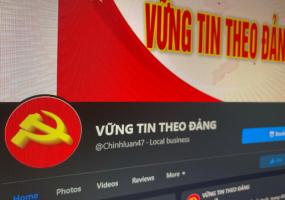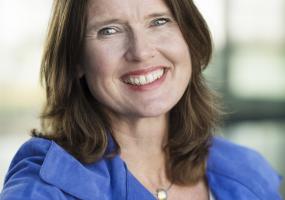New Publishing Models for a Modern Word
18 May 2015
Seminar Report The presentation of Laurie Benson was a balm for print-oriented journalists. In these digitalized days it’s rare to find people advocating printed quality journalism who are not only convinced of the possibility of positive economic results but who have proved it’s possible. Benson works on rescuing magazines and putting their balance sheets in the black. That is why listening to her presentation was not only of great interest but, above all, stimulating. Laurie Benson is especially known in the journalistic world for having advised print media throughout Europe. One of her achievements was to be in charge of the expansion of the revamped Newsweek internationally through partnerships. Her presentation started by challenging a series of paradigms from the past. These were: being big is synonymous with being successful; massive audiences are required to sell advertising and doing business; the need to reduce costs of subscriptions to have more subscribers; circulation is everything; the publishing company should be in the stock exchange and thus required to maintain share value; the need for very powerful editors, major infrastructure and a fixed cost base. But the Digital Tsunami struck, and in ten years the entire publishing industry was completely disrupted. The publishers then started selling their copies below cost and reducing costs severely. The consequence was that the newspaper or magazine lost value and thus advertising. At the same time, the digital platform remained with small, but growing, revenues. Then Laurie Benson explained the new paradigm that she proposes: Big is not always best in a world where digital impressions are delivered one by one and there is an infinitive supply of information; digital becomes the mass product with universal access, while print becomes premium; print remains unique in its ability to add prestige and influence to a print media business. Laurie Benson finally gave us an overview of tips that have made Newsweek a successful product: don't be big for the sake of it; be Digital First with a nimble organization; charge for the exclusive printed version; create a superior physical product (e.g. heavy stock, perfect bound, bigger page counts); edit a quality product with in-depth editorial content; grow globally through local partners to avoid costly global distribution. Written by Alejandro Miro Quesada Laurie Benson, Chief Executive of Upnexxt, spoke at the Business and Practice of Journalism seminar at Green Templeton College on Wednesday 6 May 2015. Photo credit: A copy of Newsweek magazine sits on a newsstand in New York October 18, 2012. © REUTERS/Carlo Allegri





